Soundhouse:
The Listening Body
What might a cinema for audio look like? We explore ideas around collective listening and the physicality behind listening to audio in our new programme, Soundhouse.
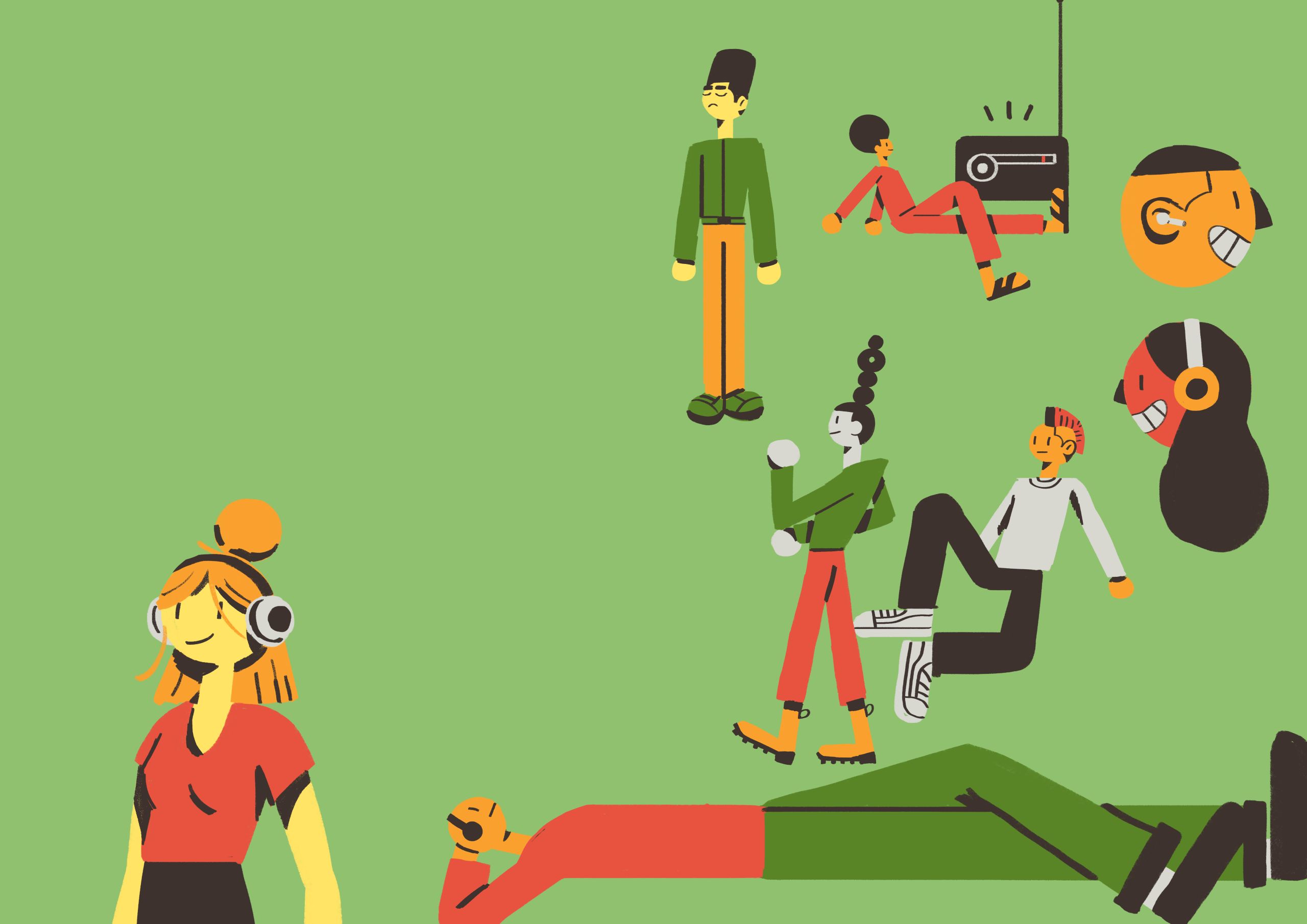
Soundhouse: The Listening Body, produced in collaboration with audio producers, Nina Garthwaite and Eleanor McDowall, explores the deeply physical relationship we have with sound. The project consists of a collection of essays and responses to a survey of listeners and audio producers, alongside a 'cinema for listening' in the Barbican's public spaces.
From concert goers, gallery visitors, freelancers, parents and toddlers to students, the Barbican's public spaces welcome a multitude of communities. As part of our 'Level G' programme, Soundhouse is part of a series of installations and events that seeks to respond to and complement the multiple roles our public spaces play for our visitors.
'Radio can move through
the walls of your house.
It can slip into your dreams
as you lie in bed teetering
on the edge of sleep, move
with you at speed on a train
or in your car, float in the
steam of your bathroom...'
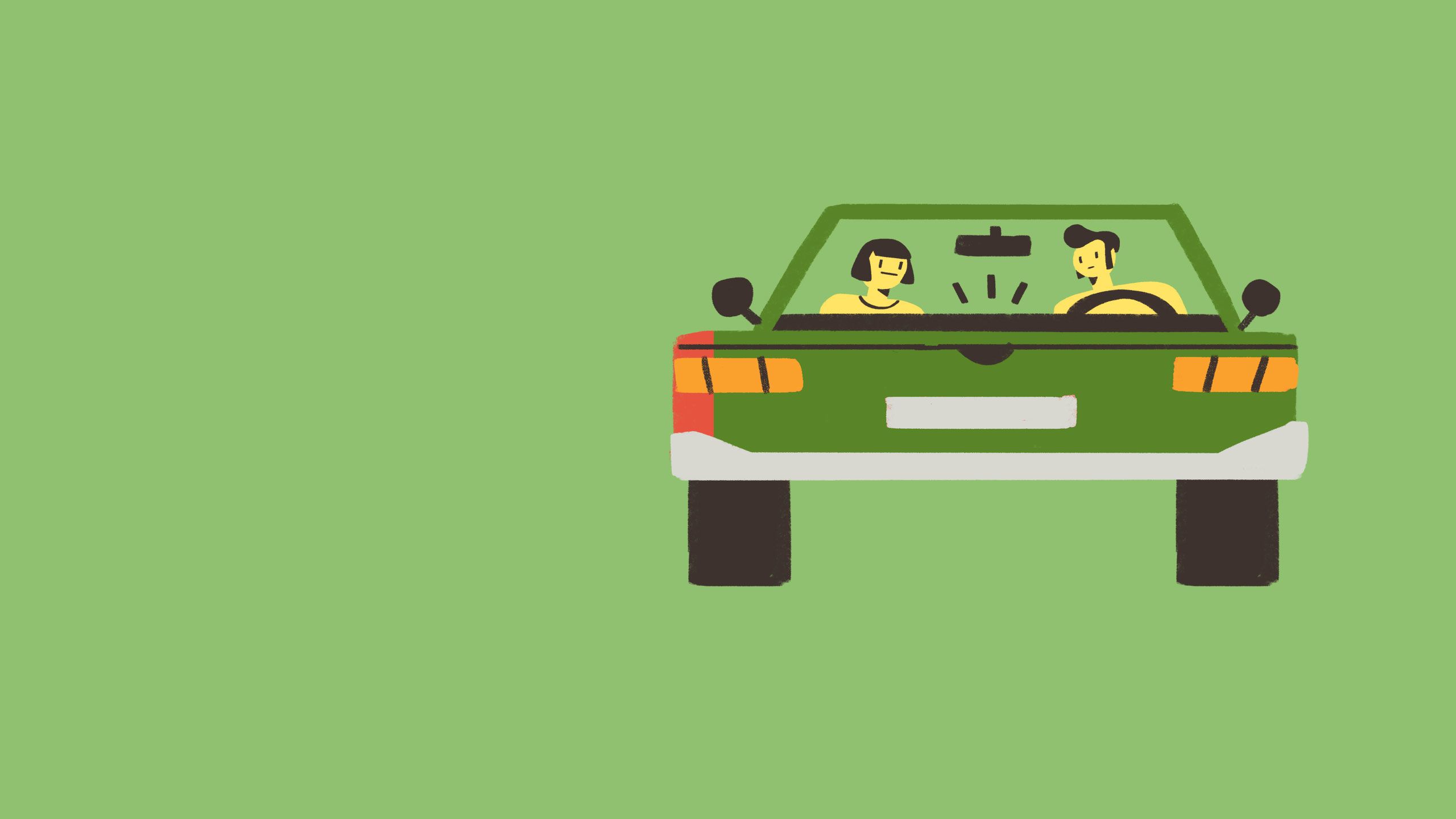
As part of the research behind Soundhouse, a survey was sent to 133 audio-makers, commissioners and critics asking them to reflect on the way they listen and to image what form a ‘cinema for listening’ might take.
Their responses showed how multi-faceted the listening experience can be...
'Maybe if people are sitting, seat them in a circle. I’m actually envisioning a planetary observatory which would be a fabulous place for collective listening.'
– Mary Heisey, radio producer
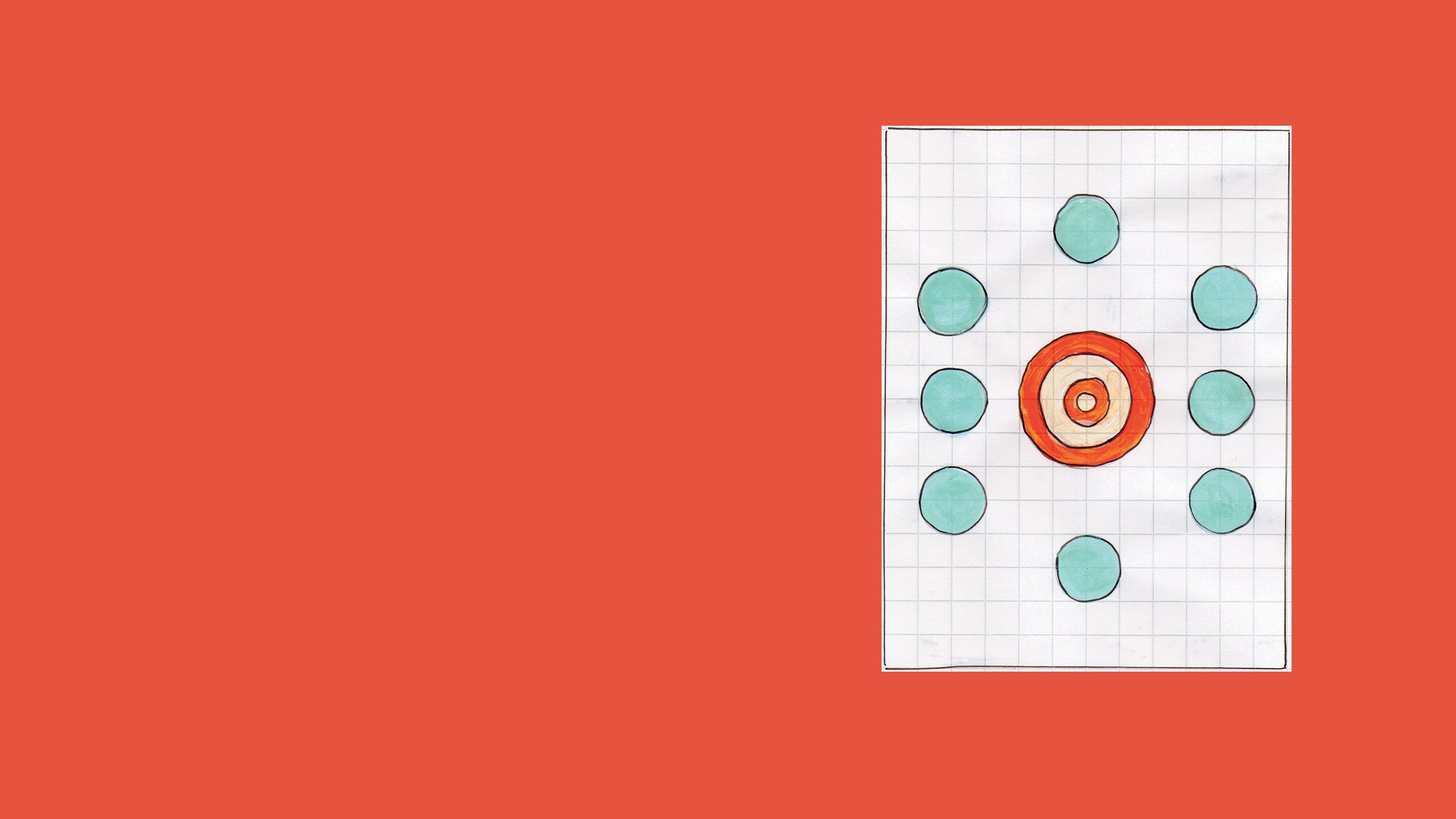
'A dark room with comfortable chairs, encircled with speakers. I can also imagine multiple rooms that house different chapters of the narrative, which listeners move through over the course of the story'
– Steven Jackson, audio producer and musician
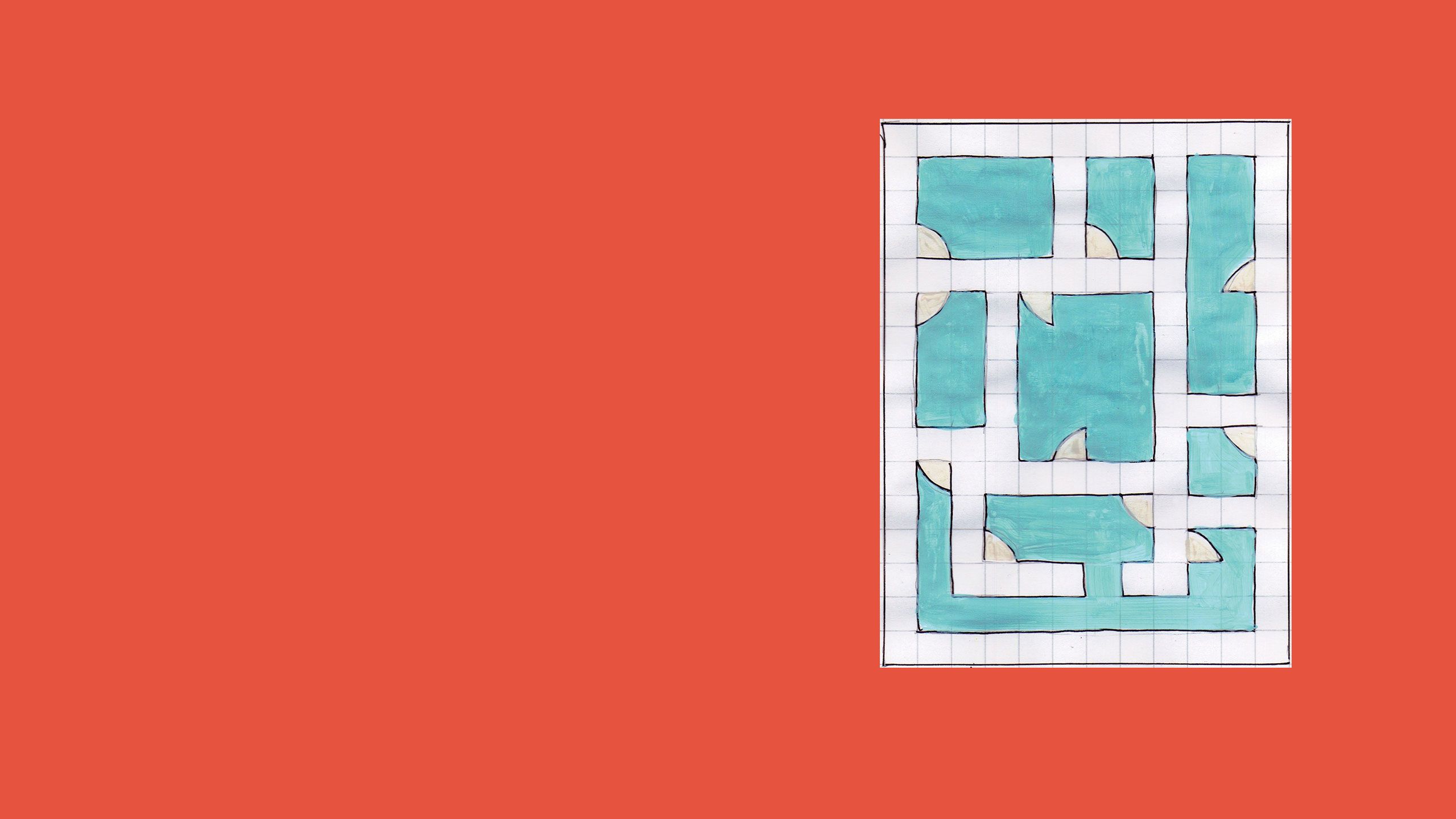
'Comfy chairs, not in rows, maybe a circle, in a womb-like space. Lights out. Great sound/speakers. Outside on a warm night where possible would also be good.'
– Siobhan McHugh, audio producer and founder of RadioDoc Review
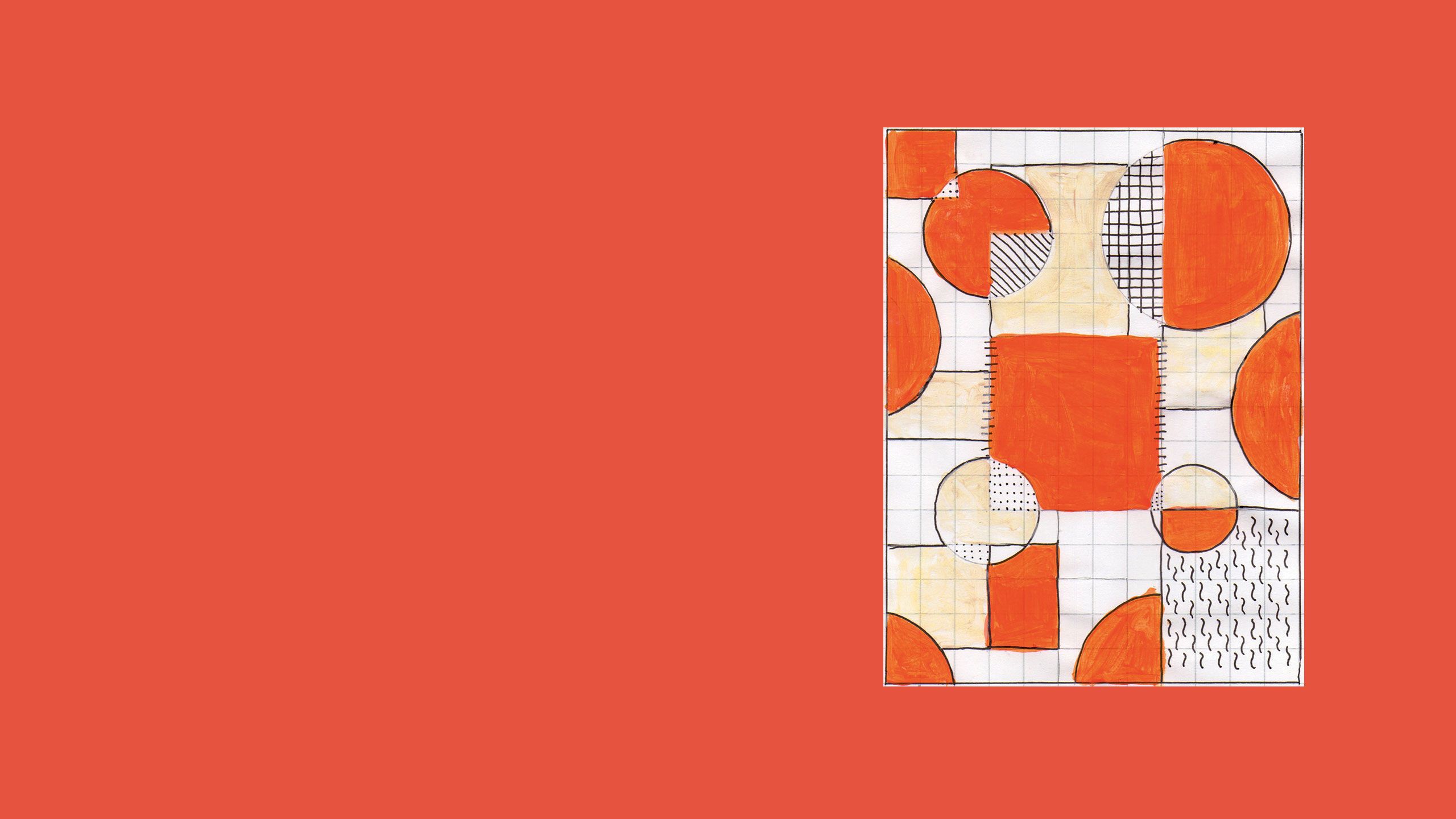
'On a ferris wheel, for half an hour or an hour, at night, and when the ferris wheel is full, you all circle your way through the story together'
– Jaye Kranz, audio producer
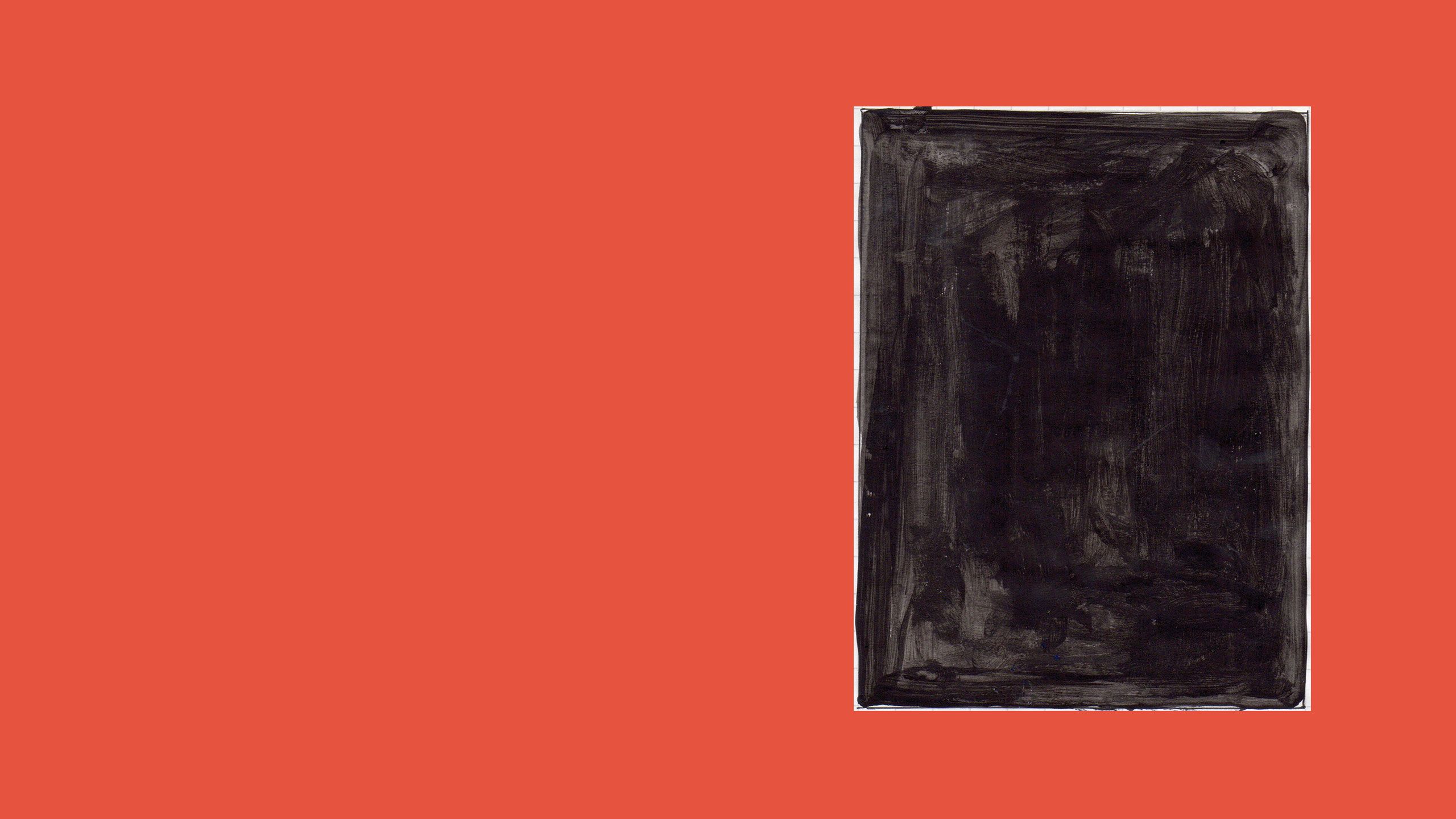
The Soundhouse has been conceived as something of a blank canvas that incorporates some of these ideas. We have supplied cocooned swing seating to offer a listener both a light sense of movement and an element of privacy; dim lighting; a focus on comfort and cosiness and a flexibility in the listener’s focal point.
'To place an audio documentary or drama into a public setting is to fundamentally change its nature – to put a picture frame around it, and invite you to pay full attention...'
What follows is a selection of essays by audio-makers and academics that were commissioned as part of the Soundhouse: The Listening Body project…
It Started with a Kiss
Cathy FitzGerald
I’m at my boyfriend’s place in Brixton. He’s running late for a meeting on the other side of London. Can’t find his notebook. Can’t find a clean shirt. Now he’s got a puncture. Up in his head, crashing round the flat, a clothes-hurling hurricane of chaos.
I try helping. I try getting out of the way. And finally, at the kitchen window, in the heavy midsummer air, I kiss him.
When it’s done, he stands and looks at me – calm and quiet and back in his body – and says, 'how did you do that?'
It was a good kiss. Dark, deep, lovely. A kiss that was actually a conversation. The kind that can lead interesting places if one of you isn’t due somewhere else. But it was just a kiss, and it did no more than every kiss has the potential to: it communicated physical presence. While he’d flitted around in the ether, I’d been on the ground – the calm one. Being fully in the moment, fully in my body, had allowed me to haul him into his body as well. The rhythm of my heart became the rhythm of his.
I think some similar (but less naughty) magic happens when I record interviews for my radio documentaries.
I prefer my humans being – with a backdrop of teacups and ticking clocks
It starts with the choice of where to record. I try not to use studios because they cut out all the little background audio cues that locate people in time and space. My interviewees become pristine radio voices rather than ordinary people in ordinary places. I prefer my humans being – with a backdrop of teacups and ticking clocks. So I use people’s homes: living-rooms, kitchens, studies... wherever they feel comfortable.
When I arrive to record the conversation I try to really arrive. By which I mean all of me arrives. My head, my heart, my feet. How could you arrive without your feet? You can if your mind is so full of thoughts and feelings it has no room for sensation. I try to pay attention to the soft slap of my shoes on the pavement, to the friendly firmness of the ground under my soles. I listen to my breathing, notice how it slows and comes from the belly. I look at the colour and shape of the flowers that edge the path. And when I arrive on the doorstep, and my interviewee opens the door, I arrive complete, no pieces of my human jigsaw missing.
And because I’m there, in the moment, complete – my subject often arrives with me.
Not every time, of course. Some people are so comfortable in their heads you can’t prise them out. Others take a while to come around. They bustle and welcome and straighten and it’s only after a cup of tea or two that they begin to tune in to whatever it is I’m broadcasting. The myriad tiny bodily cues that say: slow down... I’m here... I’m listening... I’m present.
And when they do – that’s when the magical stuff happens. When the room grows enchanted and the hairs stand up on my neck. When my interviewee surprises us both with what they say... because they’re deeply engaged with themselves and with me, willing to make themselves vulnerable, to tell the truths of the body, not just the mind.
It’s funny how we talk about experiences like that as being ‘out of time’. They seem to exist in the space between heartbeats. 'Time stopped,' we say. 'I held my breath'. And yet, as a listener, I think those are the moments when I’m most deeply aware of now. Of every passing emotion that crosses the interviewee’s face before they answer the question. The rough feel of chair fabric beneath my hand. The faint scent of ginger from the biscuits on the table. In those moments our bodies are full of time, not just coasting along on its surface.
The listener doesn’t just listen; they experience...
Something interesting happens when conversations like this are broadcast. Because so many signs of presence are auditory – the slowing of breath, the pause, the hmm of thought – they’re transmitted to the listener. And the listener doesn’t just listen; they experience. They too are brought into the moment. It’s one of the things I love most about audio, that this spectral, ghostly, insubstantial medium can have such an embodied, tangible, substantial effect. Audio stops being wallpaper – a background hum while you work or drive or walk – and enters the room. It demands our attention, just as a person does. And because we’re listening to an embodied experience – we become embodied. We stop cooking. We pull over the car. We pay rapt attention.
This is why, when we talk about a piece of audio we love, we often talk about where we were when we first heard it. Because the audio puts us into our bodies, into time, into place, into our heartbeat – and the conversation we hear becomes inextricably entwined with the now in which we hear it. With the canal path. The boys playing football. The fragile old lady with the shopping trolley.
Presence is what it’s really all about.
About Cathy FitzGerald
Cathy FitzGerald is a British radio producer and presenter. She made her first documentary – The Magic Carpet Flight Manual – in 2010 and has since won Third Coast Festival, Whicker’s World Foundation, Radio Academy Production, and Prix Marulic awards for audio documentaries on topics including angry Vietnamese ghosts, reindeer-racing in Finland, and a museum of broken hearts. She presents and produces BBC Radio 4’s recurring arts series, Moving Pictures, made in conjunction with Google Arts & Culture, and has written websites, audio tours and apps for many of the UK’s major cultural institutions including The National Gallery, Tate, the V&A and the Imperial War Museum. She’s the founder and caretaker of Strange & Charmed, a school for audio story-tellers and has a DPhil in the work of Charles Dickens.
The Power of Audio
by Renay Richardson
As a non-white person who listens to a lot of spoken word audio in the form of podcasts, you recognise very quickly that an extremely small percentage of content is made for people who look like you. Even if the stories have non-white people in them or the series is for a minority community. When you get to the professional level of audio production, which is where companies and broadcasters commission content to be made and where money is involved, it becomes very hard to ignore that everything, and I mean EVERYTHING is made for a white audience, particularly in the larger podcast markets of the UK and US. And do you know how I know this? It’s because they translate everything. They translate culture and slang and lifestyles so that white people understand. Whether they realise or whether it is subconscious, nearly everything made in the mainstream that features non-white and minority people is translated and explained for the white ear.
I could reel off show after show that is celebrated for telling ‘gritty’ stories and commended for shining a light on under-heard cultures but I won’t do that now – if you think carefully you will know the shows and if you are a white person in the audio industry, there is a good chance you created them. This Barbican project is called The Listening Body and the actual listening body everyone creates for is white.
For me audio is a protest, it is a path to correct structural imbalances within the creative industries and it is a way to highlight injustices.
Have you ever heard someone use the phrase ‘The Power of Audio’? Just a quick google and you will see a number of marketers using these words to entice brands to spend their precious advertising budgets in podcasting. I happen to feel that those who throw these words around don’t truly recognise their strength. For me audio is a protest, it is a path to correct structural imbalances within the creative industries and it is a way to highlight injustices.
This is why I have to try to harness the power of audio for my own benefit, my own drive to bring more people like me into the industry, my own passion for people like me to have the freedom to create content for themselves. Ooh did I say a controversial thing there? Creating content for yourself… Admit it or not, every creator creates something that they want to hear. This wouldn’t be a problem if there were a variety of tastes, ears and eyes in the industry – everyone creating content for them-selves would still produce rich and diverse stories. But that’s not the case. We are getting different stories, from different point of views but filtered for the same white ear which ends up making everything sound the same, regardless of the narrative.
Admit it or not, every creator creates something that they want to hear. This wouldn’t be a problem if there were a variety of tastes, ears and eyes in the industry.
Once you realise the true power audio has, you very quickly begin to recognise that the opportunities it offers are limitless. I am using audio to make a change, I work nearly exclusively with minority voices to create shows that aren’t being made in the mainstream. I work with strangers in order to broaden my circle and bring more people into the audio industry and I’m trying to truly utilise its power. The power to change lives, create platforms and inform opinions. Audio is accessible to anyone who can listen. For creators, the barriers to entry are relatively low, which means you can bypass a lot of the hurdles that can trip you up in other mediums.
Audio can transport you to places, connect you to people around the world, it can introduce you to friends you never knew you had or needed, it can be a lifeline to the outside and insulate you on the inside. Audio can be whatever you want it to be, which is an extremely powerful thing. So next time you hear someone talk about The Power of Audio, test them to see if they really do know its power.
About Renay Richardson
Renay Richardson is a podcast producer and consultant from London. After over a decade working in the film and television industry she found her passion for audio. Moving into the relatively new UK podcast scene, Renay has made her goals clear for representation within the podcast industry and has become known as a driving force in this area. She was the producer of Reni Eddo-Lodge’s podcast About Race as well as the BBC 1Xtra podcast The Receipts which reached number one in the UK Apple Podcasts charts. Creating content for under-represented audiences is her passion, along with making content creation accessible to all.

Mind the Step: Kinesthesia and Craft
by Jon Tjhia
Wearing earbuds, listening to radio stories or podcasts as you walk, your steps pound through your ears like punctuation. Your feet clomp thick rhythmic blanks into the sound. Your brain grapples with your own weight, words and sounds punctured by a metre that is so fundamentally yours in that mo(ve)ment. It’s the sound of your body subdividing your listening, and it’s our place to begin.
At the moment, writing about radio often takes a common approach: it’s the ‘theatre of the mind’, ‘cinema of the ear’, and so on. We get stuck in our heads. (Even to suggest that our bodies are an afterthought is to suggest that our minds come first, and the entire corporeal weight of our presence waits politely for its turn to be noticed.) Yet – whether we are paying conscious attention or not – our bodies are always involved in our listening.
Have you seen any dance shows lately? Or maybe watched some dance on YouTube? And have you noticed how moving bodies evoke something in yours? For anybody who makes radio or music – and especially, those who design sound – I’d like to make an argument that dance is worth paying attention to… and maybe, you know, stealing from.
When I say ‘dance’, I suppose I’m talking about contemporary dance – a pretty open-ended genre, really. I’m a lackadaisical tourist at best, but that doesn’t really matter: we could be talking about any kind of dance, because this is really just an excuse to talk about the body.
In any case, the difference between dancing and simply moving is a made-up and inconsistent one. You notice this in a piece like Queens on a Rug (2017) – an experimental expansion of the quixotic Mermermer (2016). For three full hours, performers Nicola Gunn and Jo Lloyd pulse and jerk and throb and wrestle.
They walk on each other, cycle through a series of garish costumes, hurl props and pull at one another’s limbs – and while their bodies are doing all of these things, they’re having a normal, mundane chat about other conversations they’ve had, awkward dates they’ve been on, their neighbours, and the idle questions that wander into their heads. It’s sometimes unclear whether they’re addressing the audience, each other, or nobody in particular. The fourth wall becomes more of a bead curtain.
I love this performance as a metaphor for how radio can work. Is it decorated dialogue, or is the dialogue an incongruous intrusion into a hungry, restless corporeality? Or – is it an absurd gag?
In MAXIMUM (2014), dancer Natalie Abbott and bodybuilder Donny Henderson-Smith run laps, criss-cross the square stage, jump and jog and sweat, in a canny demonstration of how ideas like ‘sport’, ‘dance’, ‘exercise’ and ‘performance’ collide and confuse each other. The work shows us how the same movements play out through different bodies. ‘Big and small,’ the programme reads, ‘heavy and light, hard and soft’.
Start paying attention, and suddenly, dance suggests all kinds of things about timing, placement, transformation and timbre. You can recast movement, and shadowed or mirrored actions, as whatever you like. Two musical notes moving across the speakers at slightly different speeds or times. Two voices, one copying the other. Or – they might be opposites. Clean sound, dirty sound. High pitch and low pitch. Serious voice and silly voice. Close or far. Clear, or confusing. Speech and melody. Bring forth the dyad and suddenly, you’re brimming with possibility.
You open your ears; suddenly, perhaps unexpectedly, your flesh is activated...
When you’re next listening to or making radio, try keeping a little bit of your brain free to ask how your body’s processing it. The cliché can be tiresome, but there’s some value to the idea that audio is particularly intimate – especially when it stirs our gut to tense or our jaw to clench or our skin to tingle. The experience of intimacy might be attached to the involuntary nature of our response to some sounds, and how the act of listening isn’t as choosy as, say, sight or touch. You open your ears; suddenly, perhaps unexpectedly, your flesh is activated.
Microphones can be speakers, and speakers can be micro-phones. This isn’t rhetorical – each one simply realises the principle that a magnetised element can translate sound into electricity, or vice versa. In some devices like walkie-talkies and intercoms, the microphone and speaker are literally combined into one component. It’s why you have to push to talk.
The body resounds. It translates what you hear and feel; reflects it as movement...
Listening and sounding contain the same idea, just moving in different directions. The speaker transmits. The microphone transduces. The body resounds. It translates what you hear and feel; reflects it as movement. It absorbs and instructs. And it’s right there! Why not use it? Don’t let your brain get greedy; delegate some of your creative decisions. Get out of the theatre of your mind. Walk in the wind, wince at the light, wind through a crowd. What is your body’s inner tempo? How does an idea shift through your shoulders and hips? Don’t forget your feet, or your heartbeat.
When you make sound, you start with an empty stage. So, as dancer Trisha Brown says, 'keep it simple, act on instinct, stay on the edge, work with visibility and invisibility, and get in line'.
About Jon Tjiha
Jon Tjhia is a radio maker, musician and writer. He is the co-founder of the podcast Paper Radio, the co-editor of the Australian Audio Guide, and the Wheeler Centre’s senior digital editor. Since 2010, Paper Radio’s stories have been heard around the radio world – on ABC and CBC; at Manchester Literature Festival (UK) and in the podcast The Truth; and profiled in the New Yorker and the Age. For 2014’s Melbourne Writers Festival, Jon also dismantled radio features into a karaoke event called Your Words, Not Mine. With the Wheeler Centre, Jon was part of the team that produced the series Better Off Dead (2016) and the multi-award winning series The Messenger (2017), a collaboration with Behind the Wire.
The Ear of the Mind
Farokh Soltani
'And the soul is like the eye: when resting upon that on which truth and being shine, the soul perceives and understand and is radiant with intelligence; but when turned towards the twilight of becoming and perishing, then she has opinion only, and goes blinking about, and is first of one opinion and then of another, and seems to have no intelligence'
– Socrates, in Plato’s Republic, Book VI
I have always wondered about the logic of the phrase the mind’s eye. Why does the mind always see? Even the words we use for our thoughts are for the eye: the mind has ideas [from the Greek idein – 'to see'], and theories [from the Greek theoros – 'one who looks at a view'], and visions [from the Latin videre – 'to see']. It speculates. Envisages. Observes. When it proves, it shows. When it understands, it figures out. When it discovers, it has insights. A picture paints a thousand words. Seeing is believing. Show, don’t tell. See what I mean? But why is it never the mind’s ear?
What would my mind be like if it heard instead of seeing? Language fails me when I even try to envision it. Would I be having songs instead of thoughts? Think of voices in place of concepts? Bellow, rather than calculate? The ear of the mind is simply unimaginable. After all, the ear and the eye seem to encounter the world in starkly different ways. The eye sees the object. The ear hears the sound of the object. The eye sees the object where it is. The ear hears all objects from one point: itself. The eye sees the object while it is there. The ear hears the object only when it makes a sound. The eye stands back. The ear resonates. The eye sees the lion, the loaf of bread, the rifle. The ear only hears the roar, the crunch, the ringing shot, and all for a moment, before silence falls again. The eye sees rain falling, and eggs frying. The ear confuses the sizzle and the drizzle. The eye sees a thousand people speaking. The ear hears their voices as one. The eye sees what things are, stable and constant. The ear only hears what they may be like at any moment.
What would my mind be like if it heard instead of seeing? Would I be having songs instead of thoughts?
Perhaps this is why the eye guides not only our minds, but our lives. We go to theatres and cinemas and stadia and galleries. We watch the news and the weather and our favourite shows. In the concert hall, a space reserved for the ear, we still sit facing the music, watching as we listen. We see our favourite band live; if we could not see them, how would we even know the performance was live and not a recording? Even radio and audio art, it has been said, is not so invisible, but seen with the eye of the mind; what sound can document and fictionalise is not enough on its own, we are told, until the mind becomes a stage on which they can be seen, observed and understood – would they even exist otherwise?
Indeed, look at how Socrates describes the soul/eye’s encounter with darkness, and you will see a description of what it is to hear: first of one opinion, and then another, and then another. Like faint shadows of outlines of things, sounds emerge and change and transform and disappear. Is that an elephant, I wonder? A trumpet? A foghorn? A scream? A train coming to halt? A guitar solo? By the time I recognise it, it has already changed and gone; like the elephant in the dark, I cannot capture the sound in its entirety. Like the eye in darkness and the soul in ignorance, it may look like the ear, as Socrates would put it, has no intelligence.
But what if we take this not as a dismissal of the ear, but an indictment of the mind, of the soul, of intelligence? What if the problem is not how the ear works, but what we value in the eye? It may be that the mind does not have an ear because the mind cannot do everything. With my mind and with my eye, I can stand back, look on, separate, analyse – but those very qualities mean that I cannot engage, cannot be moved, cannot shake. The clarity and stability of the mind’s eye come at the expense of resonance and dynamism. For the mind, the scream and the bang and the joyous music are mere objects and concepts and thoughts; it can look at them, but it can never listen to them. Thinking that the mind and the eye can tell me what things are assumes that I live in a world of permanence and reason, where truth and being shine – forgetting that beyond those brief glimpses of vision and light lies a blinking universe of opinion after opinion, of constant becoming and perishing. The eye feigns intelligence only by looking away from the noise.
The soul may be like the eye, but the body is the ear...
Perhaps it is good that the mind cannot hear, for its silence draws us back to what can: the body. Every sound, every moment of ambiguity, every instance of movement, reminds us that we are not disembodied thinking souls, but listening bodies, grounded in a world of noise, that the mind tries but never completely succeeds to comprehend. Every time a door slam makes us jump, or a piece of music moves us, figuratively or literally, or a faint whisper corner draws our attention, we are drawn out of our minds and into the world. Every time we resonate with sounds, with voices, with other bodies, before we even begin to understand them with our mind’s eye, we are encountering the unimaginable, unthinkable side of life through our listening bodies. The soul may be like the eye, but the body is the ear.
Audio art, too, is for the ear, and for the body. Perhaps this is why it has always been relegated to the background. The radio feature rambles on while we drive. The podcast accompanies us on our runs. The Archers plays while the dishes are dried. Never are we asked to pause, to listen, to note what occurs in us, in our ears, in our bodies – to attend to what lies beyond the reach of the eye (and) of the mind. Our world reserves attention for what is seen; what is external; what is thought. Data on spreadsheets. Adverts in the papers. Well-rehearsed debates in the public eye. There is little room for the vulnerability and openness of the body; for being drawn into the ruckus; for hearing a call; for getting lost in the depth of the tunes of an audio tale.
This was not always so. Just a few centuries ago news travelled with town criers. Data was kept in mnemonics. Wars were fought to the tune of music. Shakespeare spoke not of the public eye, but the public ear. No one went to watch a play – theatre was cacophony, bodies mingling, actors screaming on the top of their voice, competing with the noise of the crowd, announcing each entrance and exit on stage – would it even be seen to happen if it were not heard? Francis Bacon, writing of a utopian New Atlantis in 1623, talks little of theatres and galleries; for him, the inhabitants of the future will be entertained through the senses: in perfume-houses, and motion-houses, and perspective-houses, and illusion-houses, and yes, sound-houses, where they 'practice and demonstrate all sounds, and their generation. [They] have harmonies which you have not, of quarter sounds, and lesser slides of sounds. […] [They] represent small sounds as great and deep; likewise great sounds extenuate and sharp; [they] make diverse tremblings and warblings of sounds, which in their original are entire'. The sound-houses of the New Atlantis are not spaces of contemplation – they hold the ambiguity and unfamiliarity of bodily existence, and they invite us to listen to it, rather than turn our eyes away.
So let us listen to listening; it may tell us more than the mind can see.
About Farokh Soltani
Farokh Soltani writes both about and for radio drama and sound. He has recently finished a PhD on those very subjects at the Royal Central School of Speech and Drama, where he also teaches dramaturgy and performance theory. Before that, he spent the first quarter-century of his life as a jack-of-all-trades in the Iranian cultural industry, doing every-thing from television writing to translating to designing sound for theatre, film, and one truly annoying advert for mobile tariffs.

Epidermic Blues
Edwin Brys
I was about 10 years old when my mother took us to a cinema called The Black House in Bruges. I can’t remember which film was showing, but it must have been quite intense. With so much gripping cinematic drama, the woman in the row in front of us was constantly sobbing loudly and gasping for breath. Her husband, quite embarrassed, urged her to calm down and to temper her tears, if not in decilitres, then certainly in decibels. To which she furiously retorted, 'But for goodness sake, for once I am having such a good time!'
And she was right, too. Psycho-physiologists, as these experts are called, have said it before. Crying offers relief. The French call it le plaisir des larmes. And crying in company even more so, just as mourning in a group on the village square offers more comfort than weeping by yourself in the kitchen. And think of the intense joy and sorrow during the World Cup, shared by brothers and sisters in arms around the perfectly trimmed grassy field. Everything is cut down to the millimetre here, but emotions take on cosmic and weird dimensions. We lose our minds. We shiver and shake with pleasure or disappointment, and we scream our hearts out with euphoria or death wishes. At any rate, we are, for a short time, crazy with glory – or just broken. Two days later we are back on the assembly line.
Recently, I read a peculiar article on a website specialised in matters of the soul. The title of the study by a few students at German universities was – 'Tears Falling on Goosebumps: Co-occurrence of Emotional Lacrimation and Emotional Piloerection Indicates a Psychophysiological Climax in Emotional Arousal'. Just tell me, bawling and goose pimples, I’ll understand it fine. We all know the two phenomena. How they show up inadvertently, unannounced, brutally. Without permission. Antoine de Saint-Exupéry noted in The Little Prince, 'It is such a secret place, the land of tears'.
Tears can roll out of your eyes literally in a second. The only discreet portent is a sort of contraction of the diaphragm and a spontaneous swallowing. Perhaps in an ultimate attempt to halt the emotional turbulence?
Which exact process in the brain activates our tears is not yet clear to scientists. Why we suddenly break out in tears is, however, clearer – with relief, to call on help and support, with anger, out of loss, grief, impotence, goodbye, joy, reunion, victory, pride, and of course, artistically provoked emotion.
As the German researchers claim, '…the fact that being moved, although encompassing negative emotional ingredients such as sadness, is an overall pleasurable emotional state […] For empirical research, it is crucial to distinguish between sadness, which is an unpleasant emotional state that humans try to avoid, and being sadly moved – an emotional state for which people willingly spend money when they buy cinema, theatre, and opera tickets, film and music recordings, books, and so forth.' And I would add, listening to radio.
Goosebumps, this other barometer of emotional impact, appear just as enigmatically out of nowhere. It goes back to prehistoric times – our rather furry ancestors’ hair stood on end to form a shield against the cold, and if there was danger, this made them seem bigger and more menacing. When we have goosebumps, the little muscles underneath each hair contract and create little mounds. Often no longer due to cold or a threat, but because of a surge in emotion. A question of adrenaline.
It is also remarkable that goosebumps can be reproduced. The same music, the same film scene or the same opera aria can trigger the same reaction in our skin over and over again.
Everyone has their own goosebump moments. I have two on offer – the 23rd note in the 2nd Movement of Beethoven’s Piano Concerto No. 5 (an A sharp) and a moment 35 seconds in to JJ Cales’ ‘You Keep Me Hangin’ On’ (an E note). Both concern single musical notes that are able to move my hairs into a frenzy all by themselves.
Of course, a single musical note does not stand by itself; it is prepared with skill, the notes before have tilled the seed bed, roll towards it – it concerns notes that are laid down, so to speak, at the end of a musical sentence. And then it comes, the note of notes makes a soft landing, in sync with the explosion on my forearms. These notes have one thing in common – they round up, they offer peace and comfort, something which we need. A temporary solution, as it were, of something that is unspoken. A sigh. To which goosebumps are the most relevant and diplomatic response.
The project The Listening Body attracted me right away. Listening collectively to audio productions is quite a new phenomenon. And moderately successful. We sit down in a theatre, curtains closed, lights dimmed so as not to be distracted. Advice to organisers – never darken a space completely. Authors often insist on a total blackout to best show off their almighty sound. I’ve had to assist in difficult situations twice – one person who became physically ill and another who had a panic attack. Even listening bodies have the right to find the emergency exit!
We travel to the listening venue. It’s a ritual. It is set in our agenda. It’s a date. Here, the radio is no longer the discreet companion that mingles with the shrieking of the household and the noises of the world. Here, no yammering cats, no vacuum cleaners or fire engines. Baudelairean peace. Tout est calme, luxe et volupté.
Here, the radio is no longer the discreet companion that mingles with the shrieking of the household and the noises of the world.
Here radio is sovereign and tolerates no contradiction. And it suits her fine. Isn’t listening surrendering by definition? What else can we do anyway? Yes, we can put our imagination to work; radio is good at that, and it lets us travel effortlessly in time and space and lets us infiltrate the most complex of human lives and settle into the folds of the most wondrous tales.
With the tumult of today’s oversized festivals, mega events of all sorts, internet congestion and Facebook fever, it seems radio, podcast and other audio lovers need their own place to meet and enjoy the discreet magic of their medium. After decades of isolation, they’re coming out of their shells and gathering in movie theatres, museums and abandoned churches. The feeling of conspiracy and catacombs is in the air. And the need to protect a genre – creative radio.
These listening events also create opportunities for new podcast authors to physically meet an audience and eventually present themselves and their work.
I have always been surprised how concentrated listening people can be. They seem to be on another planet. Eyes closed, a smart frown on the forehead, inward-looking. Sometimes you can feel a shared shiver run through the room. They are all alone together, the listening bodies, blushing in the dark.
About Edwin Brys
Edwin Brys worked as a radio documentarian and was the head of the Radio Documentary Department at the VRT (Vlaamse Radio- en Televisieomroep), he later led the Radio Training Department there. He now teaches radio documentary at the Institute for Drama, Radio and Television in Brussels, and is a member of the European Broadcasting Union (EBU) Radio Documentary Project Group and the International Features Conference. Brys co-produced Everyday Something Disappears with Luc Haekens, which won prizes at the the Prix Italia, Prix Europa and Premios Ondas in 1993 and is available with English subtitles via the Radio Atlas podcast. In 2002 he started up the EBU Master School for young documentary producers, and in 2004 compiled a box set with an overview of 30 years of radio documentaries from Europe and beyond.
Further Listening
We invited all of our essayists to make five audio recommendations – either specific documentaries or dramas, podcasts or platforms – to offer a window on what they choose to listen to. For general further listening we would also recommend exploring the free audio libraries of the Third Coast International Audio Festival, the British Library Sound Archives, Radio Atlas and UbuWeb as well as exploring live radio around the world via the Radio Garden website.
Edwin Brys
Jason and the Thunderbirds by Mairi Russell – documentary, BBC Radio 4 (UK)
Sniper by Stephen Schwartz – documentary, DR, (Denmark)
After the Celebration by Lisbeth Jessen – documentary, DR (Denmark)
Junkies in the Country by Mehdi Ahoudig – documentary, ARTE Radio (France)
Pressures of the unspeakable by Gregory Whitehead
Cathy FitzGerald
Swimming in Snafu by Meagan Perry – Re:Sound, WBEZ (US)
Lullaby by Phil Smith – sound art (UK)
No Santa by John Biewen – podcast, Scene on Radio (US)
Arthur’s Story by Steve Wadhams & Suzanne Ahearne – documentary, CBC Radio (Canada)
Summer Rain by Nanna Hauge Kristensen – podcast, Radio Atlas (Denmark)
Nina Garthwaite
The Dark Tower, written and produced by Louis MacNeice, BBC, 1946 (UK)
New American Radio – radio series, various artists, 1987–1998, (US)
Holy Mountain Productions – drama production company, current, (UK)
To Have Done With the Judgement of God by Antonin Artaud – never aired drama now available online, 1947 (France)
Inventions for Radio: The Dreams – radio series by Delia Derbyshire and Barry Bermange, BBC, 1964 (UK)
Eleanor McDowall
Between the Ears – radio / podcast, BBC Radio 3 (UK)
Hope Chest – podcast (US)
The Heart – podcast, Radiotopia (Canada)
Imaginary Advice – podcast (UK)
Sleepover – podcast, CBC Radio (Canada)
Renay Richardson
The Read – podcast, Loud Speakers Network (US)
Still Processing – podcast, New York Times, (US)
The Friend Zone – podcast, Loud Speakers Network (US)
Stance – podcast (UK)
Scene on Radio: Seeing White – podcast, (US)
Farokh Soltani
The Tragical Comedy or Comical Tragedy of Mr Punch produced by Lu Kemp, BBC Radio 3, 2005 (UK)
Blue Jam produced by Chris Morris, BBC Radio 1, 1997–9 (UK)
If on a Summer Night a Listener… produced by Lance Dann, student work later broadcast on LBC, ABC, VPRO, Kunstradio (UK)
Mathry Beacon produced by Donald McWhinnie, BBC Third Programme, 1956 (UK)
Sound Matters produced by Tim Hinman, podcast series, Bang & Olufsen (Denmark)
Jon Tjhia
Moving Homes by Thomas Meadowcroft, Soundproof, 2016 (Australia) African Feedback by Alessandro Bosetti, CD / Book, Errant Bodies Press / Ground Fault Recordings, 2006 (Germany)
No Event by Miyuki Jokiranta, Constellations, 2017 (Canada)
Becoming Barbara by Natalie Kestecher, Short Cuts, 2016 (UK)
Chorus of Refuge by Kara Oehler and Ann Heppermann, HowSound, 2012 (US)
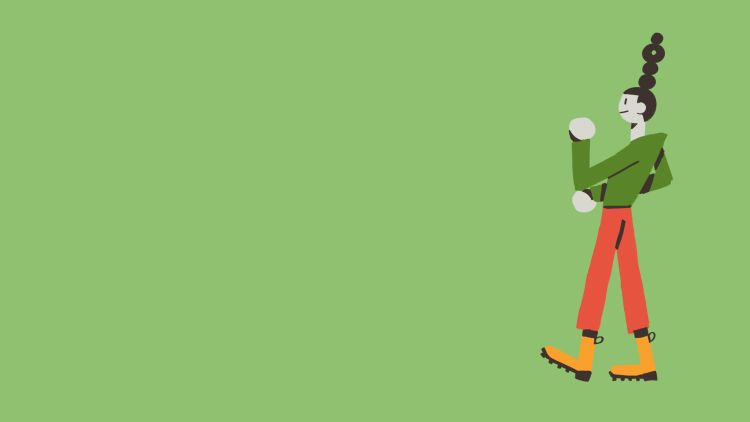

About Soundhouse: The Listening Body
6 Sep–4 Oct, Level G
Listen to a curated collection of audio works, designed to provoke the imagination and stimulate the senses in a radically reimagined collective listening space. More info
Buy the accompanying booklet from the Barbican Shop.
About the artists
In 2010, Nina Garthwaite set up In The Dark, a media arts organisation best known for its gathered listening events. Run by a collective of audio producers and enthusiasts, In The Dark has gone on to gain a reputation around the world for curating, commissioning and celebrating creative audio.
Eleanor McDowall is a Director at Falling Tree Productions, which creates features and documentaries for the BBC and high-profile cultural institutions. McDowall is also the founder of Radio Atlas - an online platform and podcast for subtitled audio documentaries, and the series producer of Short Cuts - a home for new, adventurous audio documentaries on BBC Radio 4.
Illustrations: Mica Warren

